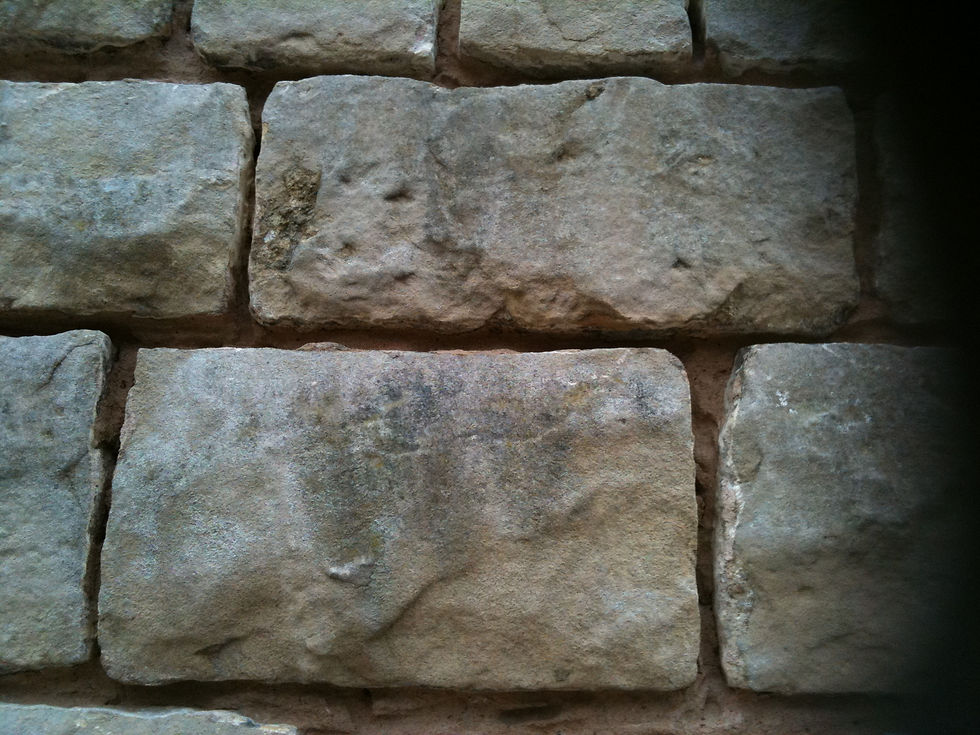Building & Conservation Ltd
Philip Turton
Specialist Mortar Pointing
During our managing directors time directly with English Heritage, he was posted on Adrian's Wall for short period and carried out Lime Mortar samples in the late 1980'. this was monitored by the late John Ashurst and the results were to form a small part of the transition from using the historic 6-4-1 (sand-lime putty-white cement) to the now 21/2*3 - 1 (graded aggregate - hydraulic Lime) either 2 feeble, 3.5moderate or 5iminent hydraulic lime.
I have studied lime for my chartered dissertation and have extensive experience not only in working with this material but also specifying it and protecting during differing climates.
This has given be a solid background in Lime mortars and this has been able to be passed on to our operatives' for the correct use and protection of Historic Lime Mortars. We are continuously asked to have an input into the correct specification of lime mortars from Architects, conservation officers, Building surveyors or planners etc.
It would be impossible to show pictures of all of our re-pointing works as we generally do this type of work on a daily basis, but what we do offer is a full sample service and the use of local materials and the correct grading of aggregates.
We are more than happy to advise on this for example,
The Herbert Tower re-pointing works at Cardiff Castle required dredged sand from the river Taff (washed) that had aggregate content and shell of up to 20mm. This was required due to the fact that the walls were built of River Cobbles and Lias stone and the rounded nature left the bed of the stone at 10-15mm but at the face (due to the rounding of the pebble) the joint was 75mm wide in some cases.
This was trailed and the pics above show the results.



